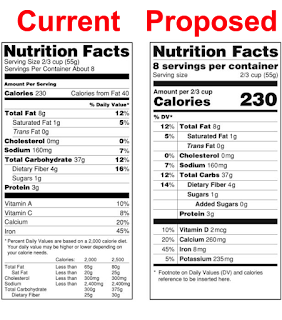Nearly 100 Million Americans Exposed to Unregulated Contaminants in Drinking Water
Nearly 100 Million Americans Exposed to Unregulated Contaminants in Drinking Water
By Elana Gotkine, HealthDay Reporter
WEDNESDAY, Jan 15, 2025 -- More than 97 million U.S. residents are served by U.S. public water systems (PWSs) with detectable levels of contaminants, and disparities related to race, ethnicity, and socioeconomic status are apparent, according to a study published online Jan 15 in Environmental Health Perspectives.
Aaron J. Maruzzo, M.P.H., from the Silent Spring Institute in Newton, Massachusetts, and colleagues examined the determinants of unregulated contaminant detection among U.S. PWSs and assessed disparities in racial ethnicity and socioeconomic status. Four target contaminants (or classes) with industrial sources were included: per- and polyfluoroalkyl substances (PFAS), 1,4-dioxane, 1,1-dichloroethane, and chlorodifluoromethane (HCFC-22).
Overall, more than 97 million U.S. residents were served by a PWS with detectable levels of 1,4-dioxane, HCFC-22, 1,1-dichloroethane, and PFAS (22.0, 5.8, 4.7, and 4.0 percent of PWSs, respectively). The researchers found that unregulated contaminant detection was more frequent among large systems, urban systems, and systems using groundwater or a combination of groundwater and surface water; PWSs with detectable levels of these unregulated contaminants served counties with higher proportions of Hispanic residents compared with systems with no detectable levels (17 versus 13 percent); similar results were seen for PWSs that exceeded U.S. Environmental Protection Agency health reference levels compared with systems with no exceedances (18 versus 14 percent). Even after accounting for pollution sources, persistent positive associations were apparent between the Hispanic residents' proportions and target contaminants' detections.
"Our findings add to growing evidence of sociodemographic disparities in exposures to drinking water contaminants and indicate that communities of color may have elevated exposures to mixtures of both regulated and unregulated contaminants," the authors write.
Disclaimer: Statistical data in medical articles provide general trends and do not pertain to individuals. Individual factors can vary greatly. Always seek personalized medical advice for individual healthcare decisions.




Comments
Post a Comment